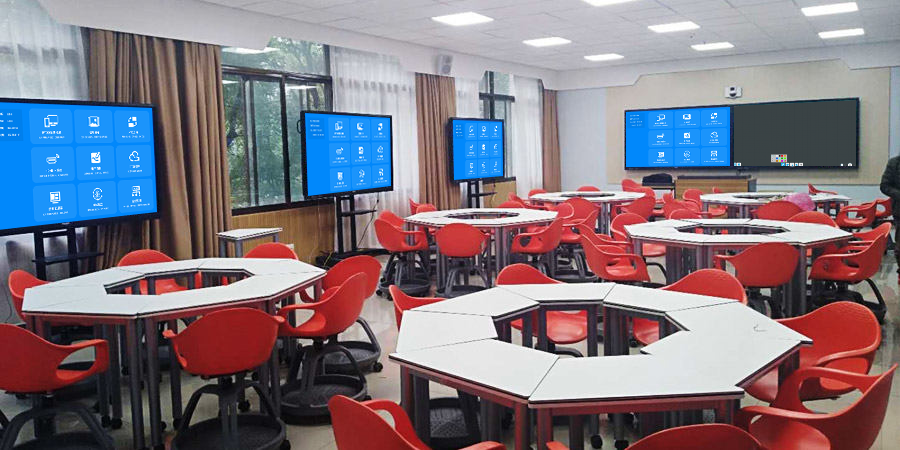Achieving Perfect Multi-Screen Interaction: A Full Comparison of Five Screen Mirroring Technologies
To enjoy the convenience brought by multi-screen interaction, you first need to understand the different screen mirroring technologies. Each technology has its characteristics and applicable scenarios. This article will provide a detailed comparison of five mainstream screen mirroring solutions to help you make the best choice.
Wireless Screen Mirroring Solutions Comparison
Miracast Protocol
-
Pros: Native support for Android devices, no network required.
-
Cons: Not compatible with Apple devices, general picture quality.
AirPlay Protocol
-
Pros: Perfect experience for the Apple ecosystem, excellent picture quality.
-
Cons: Closed ecosystem, limited support for non-Apple devices.
DLNA Protocol
-
Pros: Good cross-platform support.
-
Cons: Only supports media pushing, not screen mirroring.
Wired and Professional Solutions
HDMI Wired Connection
-
Pros: Stable and reliable, lossless picture quality.
-
Cons: Limited by cable length, inconvenient for movement.
Professional Screen Mirroring System
-
Pros: Full functionality, supports multi-user interaction.
-
Cons: Higher cost, requires professional deployment.
Choosing the right screen mirroring technology is the foundation for achieving a high-quality multi-screen interaction experience. It is recommended to select the most suitable solution based on actual usage scenarios and device ecosystem.